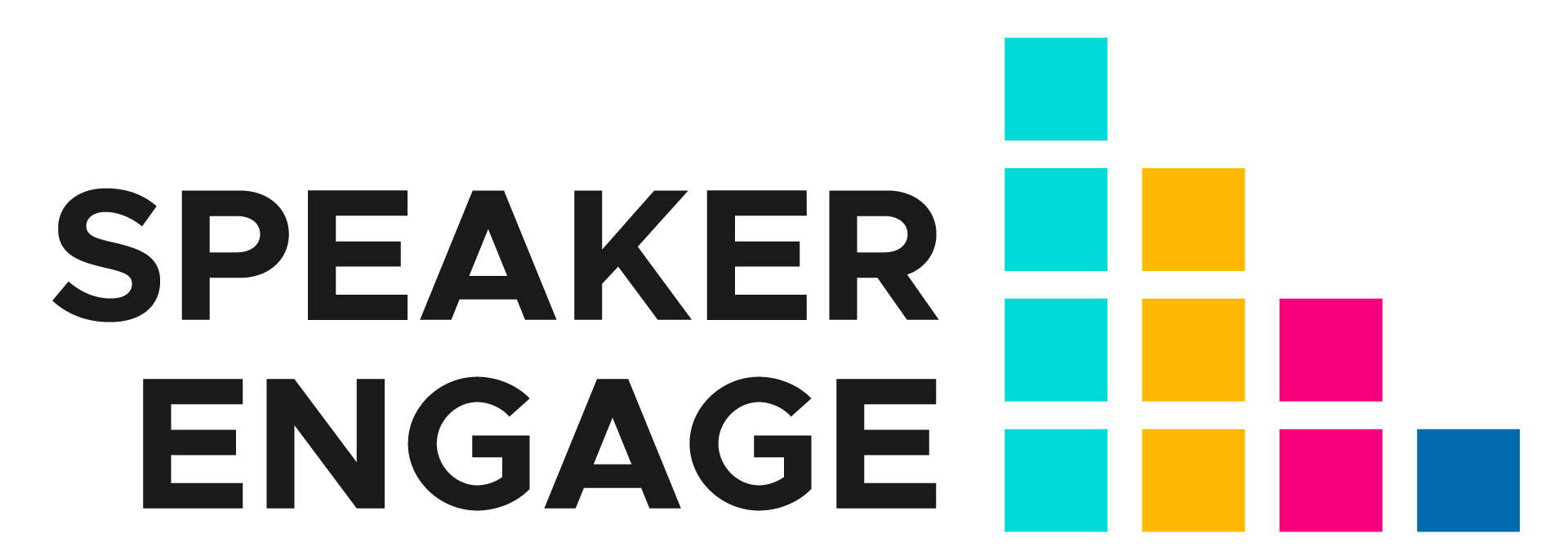At Founders Live we believe The World’s A Stage. As a place where world-class entrepreneurs are made, Founders Live is a global innovation platform and entrepreneurial community that inspires creative innovators through fun live events. We build and foster community by delivering thoughtful content and shared experiences every day.
We inspire, educate, and entertain entrepreneurs around the world with the mainstay of our brand — our unique and unforgettable happy hour pitch competition sweeping the globe reaching almost 60 cities as of Jan 2020 — where up to five handpicked companies take the hot seat. In just 99 seconds they pitch their company and describe their value proposition in front of an eager audience. After the pitches and audience Q&A, the crowd votes on a winner. The winner will not only receive an award but recognition from the crowd and the opportunity to talk more about their product or service. The Founders Live pitch events were held in person, quite fun, social, and always inspiring.
Then COVID hit.
In March 2020, we had to look in the mirror, reconfirm our vision, determine we would shift along with the changing tides of the world. We decided to relaunch new virtual experiences that would continue to inspire, educate, and entertain people around the world. Below is a short Q&A on how we approached the shift, what tools we are using, and what we are thinking as we roll out our next phase of events.
What are the parameters to keep in mind while choosing a virtual venue, and time?
I’d say the first thought you must have is ‘Ease of viewing’, meaning whatever platform you use for your events it must be very easy for your attendees to access and view. If you make it difficult to attend, view or participate in your event, you are losing right out of the gate.
Things to consider include: is a viewer required to log in to the platform or is it free and open to view? Although registration is important for viewer lists and such, you want to minimize the hurdles you are asking your viewers to jump over. Is the resulting event accessible on any device and is it mobile-ready? Lots of people watch or engage in virtual experiences on the phone, tablet, or other devices. They are not all sitting at a desk as you may be right now.
Another thing to consider is the end result – how close can you come to a professional production quality from the viewer’s perspective? So you must think about how your team produces the experience, and what systems and platforms you should be using. This really does depend on the nature of your event, but from what I am reading and hearing most people are already all ‘Zoomed’ out. So you need to ask yourself and your team, what experience do we want the viewers to have?
At Founders Live, we use Streamyard as it creates a much more exciting and professional viewing experience. With Streamyard, you are provided a clean and easy to use admin backend ‘studio’ where just the presenters access the platform and connect their cameras. Then you can choose what destination you want to stream to (we use YouTube) where your viewers will easily be able to watch and participate in your event.
NOTE: Streamyard has a limit to how many cameras/screens can be streamed at one time so it’s great for more of a show where only a few people will be on camera and most others are simply watching and commenting.
What are the costs that should not be avoided while planning the budget?
I’d say this really depends on the event and what you want attendees to get out of it. Again, you want to choose a venue and product based on the end result, and then work backward to identify the costs associated with it. Paying for your service to stream the event is a good idea here as it adds to the professionalism of your event. Amazingly, with virtual events, there are minimal costs for hosting a great event, even when reaching thousands of people. Streamyard has a paid account at $25 per month which allows you to have much more custom branding and stream to multiple platforms, which is the one we use at this time.
What are the steps you take to ensure interaction within the audience members?
Yes, audience interaction is key to a great event. I’m not sure how many people want to be talked to for an hour or more with no request for feedback or their own thoughts. At Founders Live, the community is our most valuable asset and they are directly encouraged to engage in our events. We speak to them directly during our events, ask them to participate and engage with our presenters.
Specifically, we have a Q&A section during our pitch competitions, and we utilize YouTube chat comments for the questions. Streamyard ties directly into YouTube and pulls comments in real-time into the system. So the event admin can simply click on a comment and it will appear on the streaming screen in real-time. We love this feature and it makes comments and questions with our presenters very engaging.
In addition to the pitch competition portion of our events, we also hold a social hour after our streaming event using Zoom and have large and small rooms for networking and talking afterward. We have found there is no home run platform which provides all that is needed for virtual events – which loosely include:
- An easy to use studio where presenters can quickly appear and easily share their screen
- Professional appearance with branding and color choices
- Easy to view online on any device
- Scalable to thousands or more viewers, and
- Networking capabilities for people to meet and talk via camera
(Hey, if you find it and are pleased with the experience please let me know!)
For Founders Live, the combination of a ‘Show’ using Streamyard + YouTube and then a networking social hour with Zoom seems to be working very well.
What are the marketing strategies you used to engage and promote the potential audience? What was the most effective communication channel according to you?
We mainly use our platform and community of more than 20,000 worldwide to market our events. With half of our attendees coming from our existing community as already signed up members and the other half being new people, we view marketing is important to our brand but it originates with our cities and their distribution lists. Given most of our events are city-specific, our distribution lists are city-specific as well and once a new event is created they push out invites to their regional community.
Word of mouth is very effective for us, and we encourage the existing attendees who are already signed up for the event to share with their network of friends as well. We do use social media as well, both on the city level with our city leaders and the presenters sharing the event to their networks, as well as the brand globally pushing out invites and messages about the upcoming events.
How early did you start planning your event?
We have found ideally you start your promotions 3-4 weeks out from the event, maybe longer depending on the nature and scale of the event. We hold monthly events so we find the cyclic nature of 3-4 weeks works well for us. Remember, people are very overwhelmed and over-invited to virtual events at this moment, so you need to figure out how to be seen and heard through the clutter — which is where your effective marketing and word of mouth tactics come into play.
About two weeks prior to the event you’ll want to increase the marketing and messaging. Two weeks out from the event it should get a bit louder. Two or three days before the event send the last strong marketing messages out to large distribution lists. Another thing to remember is to make sure to communicate with your currently signed up attendee list and send them the important information. This will keep them prepared and reminded of the event and also know where to go to view and participate.
Were there any last-minute changes you had to tackle? What is the best way to wade through last-minute changes?
The biggest last-minute changes or challenges you want to be aware of are around your presenters and their preparation. You can do everything correctly except making sure your presenters are prepared and know what to expect, and your event will fail. In your event, the presenters are your product and must be as ready and prepared as possible so nothing will hinder their performance.
We suggest that you hold a practice session a few days before your event so you can bring the presenters into whatever platform you are using for the event, they can click around and test all the buttons, polish how they share their screen, test out their audio and video, and at this time you can tell them what they should expect during the real event. This walkthrough will raise the quality of your event tremendously and should always be a part of your preparations.
2020 has been a very challenging, painful, and ever-surprising year for all of us. At Founders Live we chose to use this time to recommit to our vision and simply revamp our entrepreneurial experiences around the world to match the requirements of the new reality we find ourselves in. I hope this helped as you might be looking to do the same.



